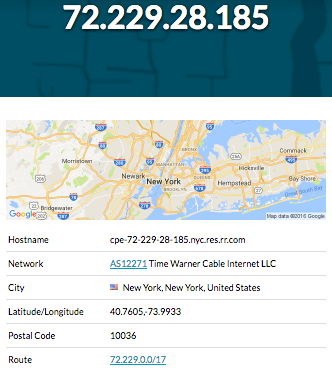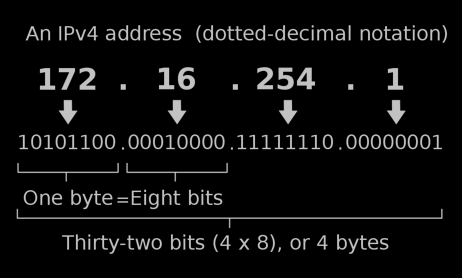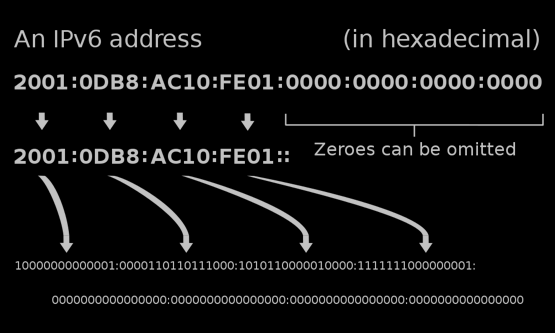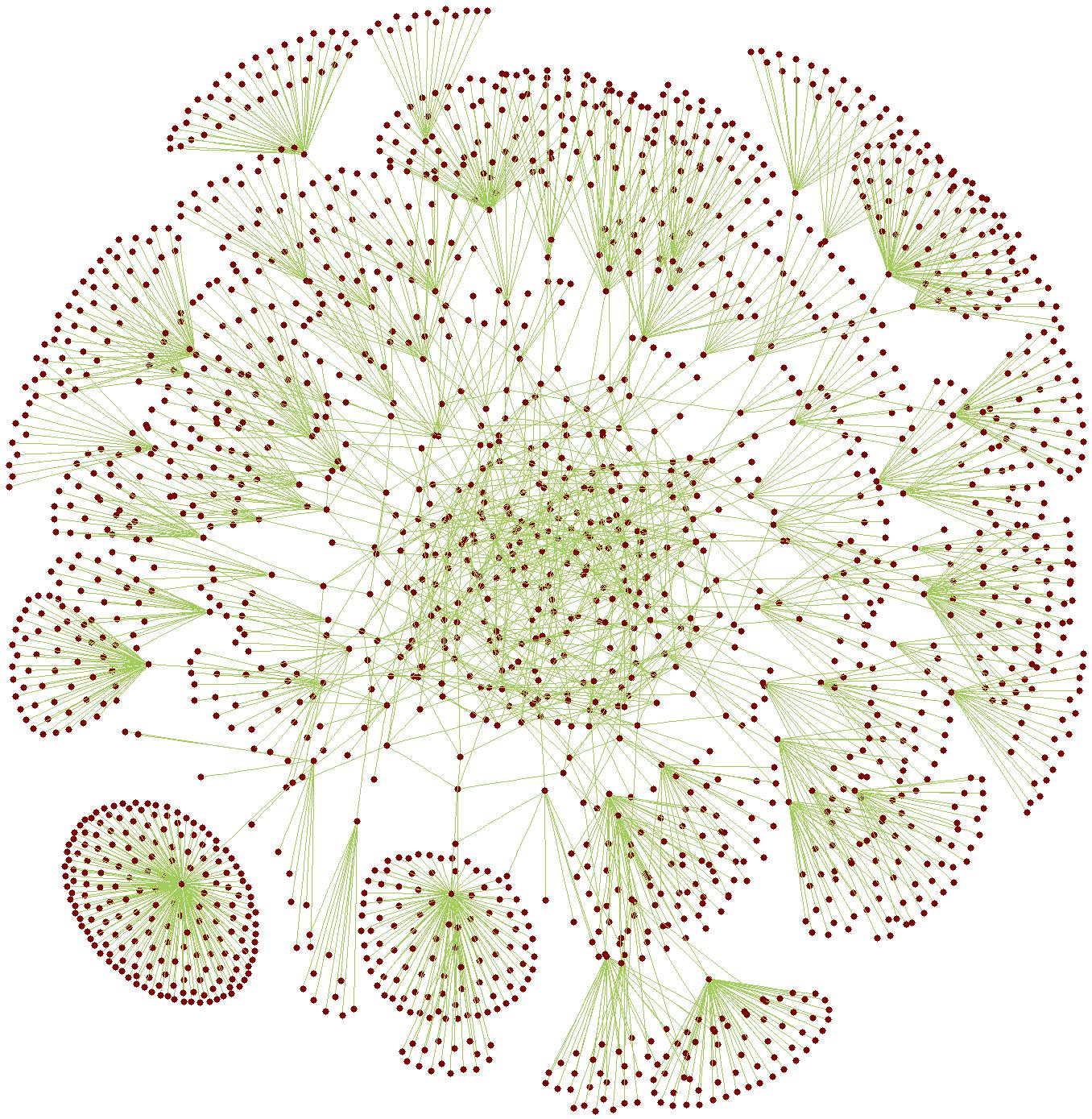Addresses in a Network of Networks: IP
6.1 The Internet is a network of autonomous systems.
6.1.1 Explain the abstractions in the Internet and how the Internet functions. [P3] Exclusion Statement (LO 6.1.1): Specific devices used to implement the abstractions in the Internet are beyond the scope of this course and the AP Exam.
6.1.1B An end to end architecture facilitates connecting new devices and networks on the Internet.
6.1.1C Devices and networks that make up the Internet are connected and communicate using addresses and protocols.
6.1.1E Connecting new devices to the Internet is enabled by assignment of an Internet protocol (IP) address.
6.1.1F The Internet is built on evolving standards, including those for addresses and names. Exclusion Statement (6.1.1F): Specific details of any particular standard for addresses are beyond the scope of this course and the AP Exam.
6.1.1H The number of devices that could use an IP address has grown so fast that a new protocol (IPv6) has been established to handle routing of many more devices.
The Internet isn't just a network of computers. It's a network of networks. The connection points are called routers, networking devices that route traffic between subnetworks on the Internet. How do the routers know where to find the computer you want? Every device on the Internet has a unique Internet Protocol (IP) address (or more than one, if it's a router), like a postal or email address. The Internet Protocol specifies how a router handles a request for another IP address.

- Why does the graph of the Internet look like a tangle in the middle with fireworks on the outsides?
- Discuss how this shape is related to how people connect to the Internet (though an Internet Service Provider, etc.). Write out a brief description and/or explain it to someone else.
- Visit http://bot.whatismyipaddress.com/ for your current IP address.
- Visit http://ipinfo.io/. What information does that page give you?
The amount of detailed information available from an IP address is pretty amazing (and a little scary), especially when you think about the ways that information can be used.
Some of the information might have slight inaccuracies. IP addresses often give the location of an Internet service provider, usually from a nearby location.

IPv4

Each of the four numbers in a typical IP address today is an eight-bit byte with a value between 0 and 255 (see right). A 32-bit IPv4 (the "v" stands for "version") address is big enough to support 232 computers. That's about four billion (4 · 109), but there are more than seven billion people on Earth, so there aren't enough IP addresses to go around.
Why does IPv4 support 232 computers? There are 32 bits in an IPv4 adddress (see right), and each bit can be one of two possible values (0 or 1). So, there are 232 possibilities with thirty-two bits.
IPv6

The long-term solution is to increase the length of an IP address. The new IP addresses are 128 bits wide, which is enough to support 2128 (about 1038) computers.
-
 Is your address in IPv4 or IPv6?
Is your address in IPv4 or IPv6?
Most likely, the router in your home or school uses a protocol that allows all the computers on the local network (such as in one building) to share a single IP address on the Internet, which can be cheaper. The router that creates the local network gives each computer a local address. For example, although the outside world may think someone's computer has IP address 108.26.181.226, that computer itself might think its address is 192.168.1.11.
- Look up your current local IP address in your system preferences or settings. It's usually under network or internet settings and may be listed with the computer device supporting that connection (wifi, ethernet, wifi, bluetooth, etc.).
The 192.168 domain (the block of IP addresses that all start with 192.168) is reserved for local networks, but no computer on the Internet has an address in that range. Another such domain is 10.0.



